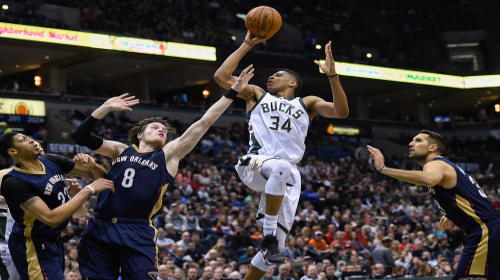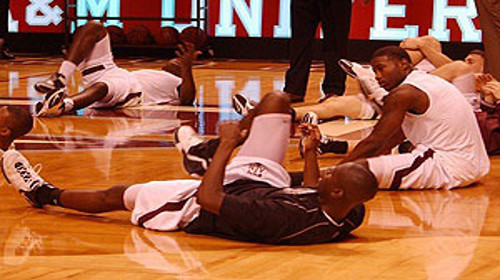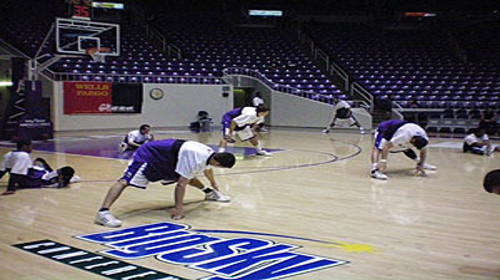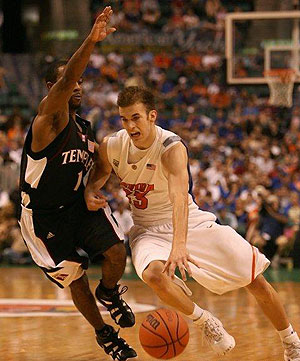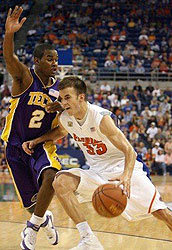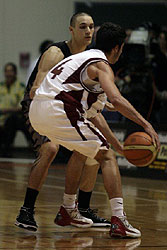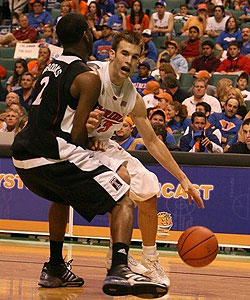-
Phone
+30 6945642463 -
email
info@basketballtraining.gr -
Programs
Choose-

PROGRAMS

PROGRAMS OVERVIEW

PERSONAL TRAINING

POST PLAY

DEFENCE

OFFENSIVE SKILLS

SHOOT

Basketball Training is BBT
BasketBall Training (BBT) is the premier destination in the world for teams, professionals, and student-athletes looking to improve their athleticism, strength, and basketball skills.Read More

DRIBBLING
Dribbling is a coordination skill so you have to do more than dribble when you are dribbling. For example, you must listen to your coaches, set up the offense, and hit the open man-all while keeping your defender at bay. What we teach here at BBT is simple. You must first discover what is required of a skill and you must work your way up to that requirement. Start simple with basic dribbles and increase the intensity and complexity. Add another ball, close your eyes or blindfold yourself, read something that is posted on the wall; have two of your friends attempt to steal the ball from you at the same time, all with the intention of making dribbling a subconscious activity. 15-20 minutes of intense ball handling is all that you need per day.
Also, because the nervous system plays the largest role in skill development it is important to periodically give you nervous system short breaks (one or two days). What you will find is that when you return your "handles" will be on point. Always do things to increase your uncomfortableness while dribbling. This can be done by going faster, adding weight (heavy balls or wrist weights) while being defended. But most importantly practice dribbling as if several people were attempting to steal the ball-just a real "out of control" dribble until it becomes comfortable for you.
Before you learn how to drive, you must first learn how to dribble. Dribbling is the ability to control the ball while moving the ball. Make sure every dribble is hard. Players must dribble with their elbow and wrist through the ball, never letting the ball come higher than the thigh. You want to practice stationary first, dribbling so hard outside your comfort zone that you put "dents" in the floor. Make sure you are having correct muscle mechanics during every rep to insure positive muscle memory. 2 important things to remember; hips dropped and eyes up. Show love (reps) to the other hand as well. Good players don't play "crippled", they can dribble with either hand. Lastly, challenge yourself by tossing and catching a tennis ball between dribble moves. This will put major pressure on your nervous system and increase coordination.
The development of dribbling skills should be as progressive as possible. It is important to start with a solid foundation. Stationary dribbling drills are the building blocks leading up to the development of an explosive first step. When executing dribbling drills, it is important to emphasize to students to come out of their comfort zone while performing the drills correctly. As players become more skilled, carryover should be stressed. Carryover is a player's ability to go from drill-to-drill and then from drill-to-game, implementing the fundamentals correctly. As players become more advanced, stationary dribbling should be emphasized less but not eliminated while more priority is given to moving drills, players then can begin to start working on changing speeds and handling the basketball in different game situations.
Today it is not uncommon to see guards who dribble entirely too much. We at BBT encourage players to use their dribble wisely to: Advance the ball up the floor; create a shot for yourself or a teammate, escape pressure, create a better passing angle. Point guards who are responsible for handling the ball throughout the game should have an assist-to-turnover ratio of at least 3 to 1. Remember, if you want to be explosive you have to practice being explosive.
-



